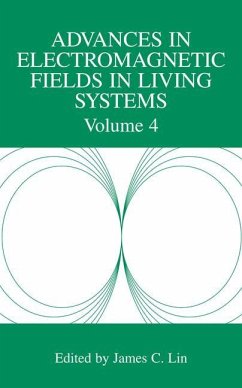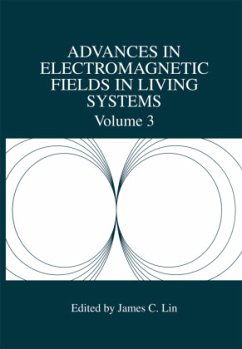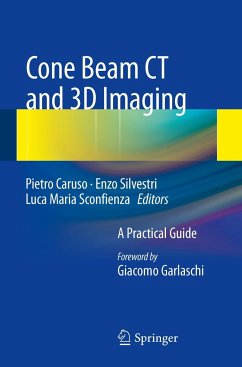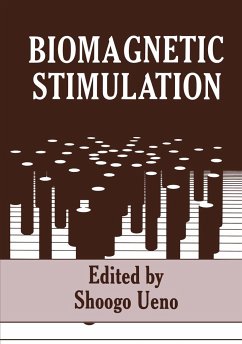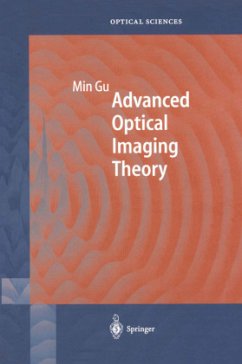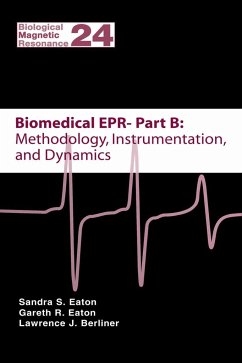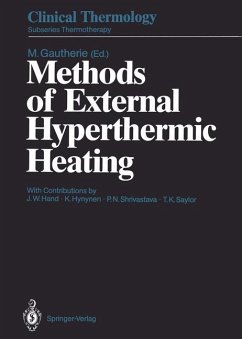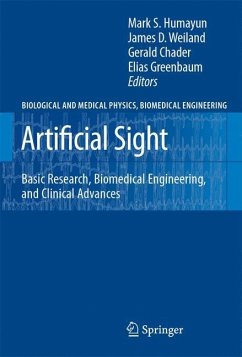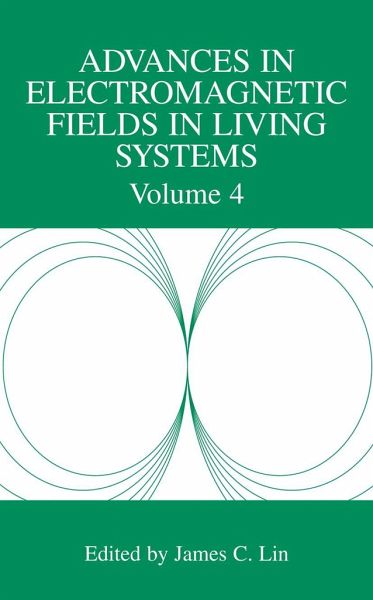
Advances in Electromagnetic Fields in Living Systems
Volume 4
Herausgegeben: Lin, James C.

PAYBACK Punkte
95 °P sammeln!
In spite of the remarkable progress that has been made against cancer, the battle is far from over. It is estimated that there are 175,000 new female breast cancer cases, annually, and 40,000 deaths resulting from it in the U. S. In fact, breast cancer incidence rates have shown little change in the 1990s, while breast cancer death rates have been declining about 2percentperyearsince1990[Riesetal. ,1999]. Modernmammographyisrelieduponmost often for breast cancer screening. Mammograms can detect most breast cancers, but they miss some. Its accuracy and sensitivity are age and breast density dep...
In spite of the remarkable progress that has been made against cancer, the battle is far from over. It is estimated that there are 175,000 new female breast cancer cases, annually, and 40,000 deaths resulting from it in the U. S. In fact, breast cancer incidence rates have shown little change in the 1990s, while breast cancer death rates have been declining about 2percentperyearsince1990[Riesetal. ,1999]. Modernmammographyisrelieduponmost often for breast cancer screening. Mammograms can detect most breast cancers, but they miss some. Its accuracy and sensitivity are age and breast density dependent. For example, the false negative rate is about 25% for women under age 50, with invasive breast cancer [Kerlikowske et al. , 1996; 1997]. It reduces to 10% for women more than 50 years of age. Although the amount of radiation exposure during mammography is minimal - about the same as receiving a dental x-ray, the radiation from mammograms can cause additional breast cancer deaths [Feig, 1996; NIH, 1997]. (It has been estimated that if 10,000 women have yearly mammograms for ten years, the radiation from mammograms will cause one additional breast cancer death. ) Because the absolute bene?t of screening women aged 40 to 49 years is small and there is concern that the harm may be substantial, there have been suggestions that these women should be informed about the potential bene?ts and risks of screening mammography [Kerlikowske, 1997].





